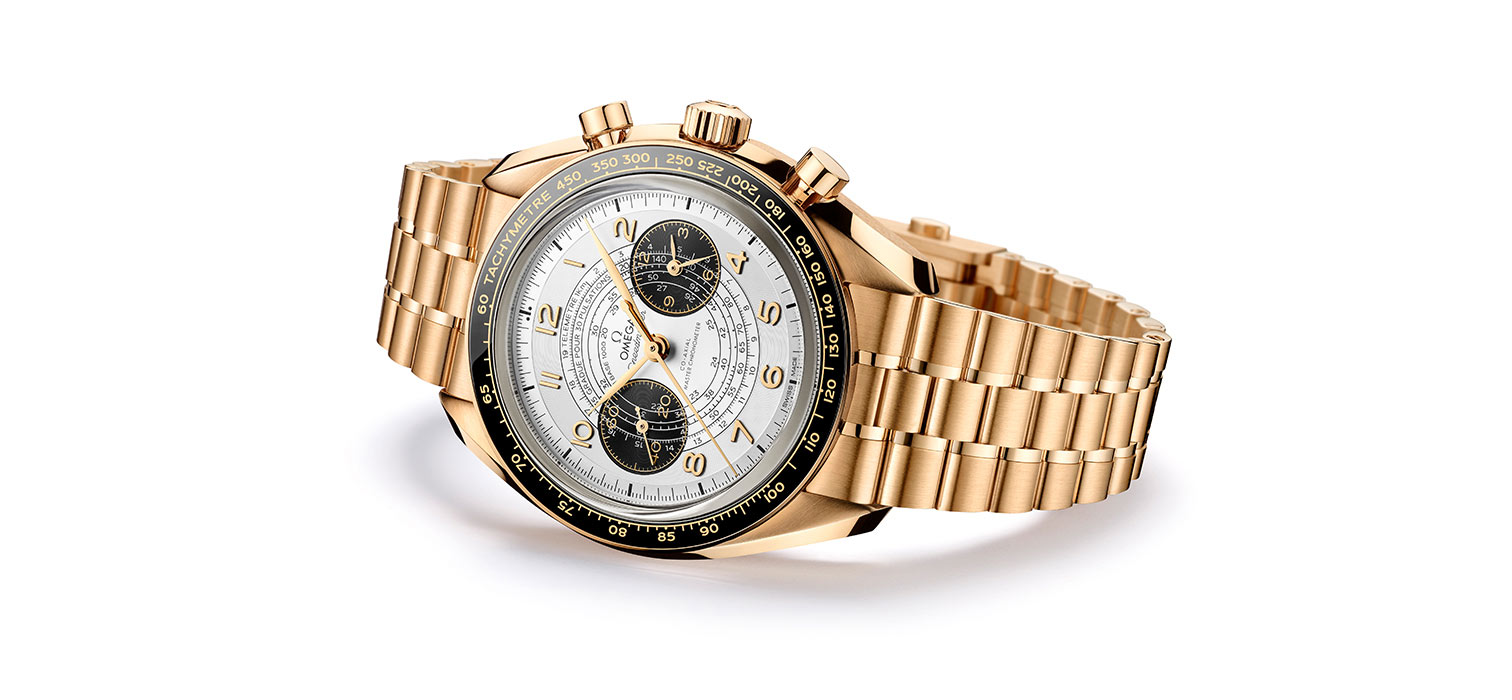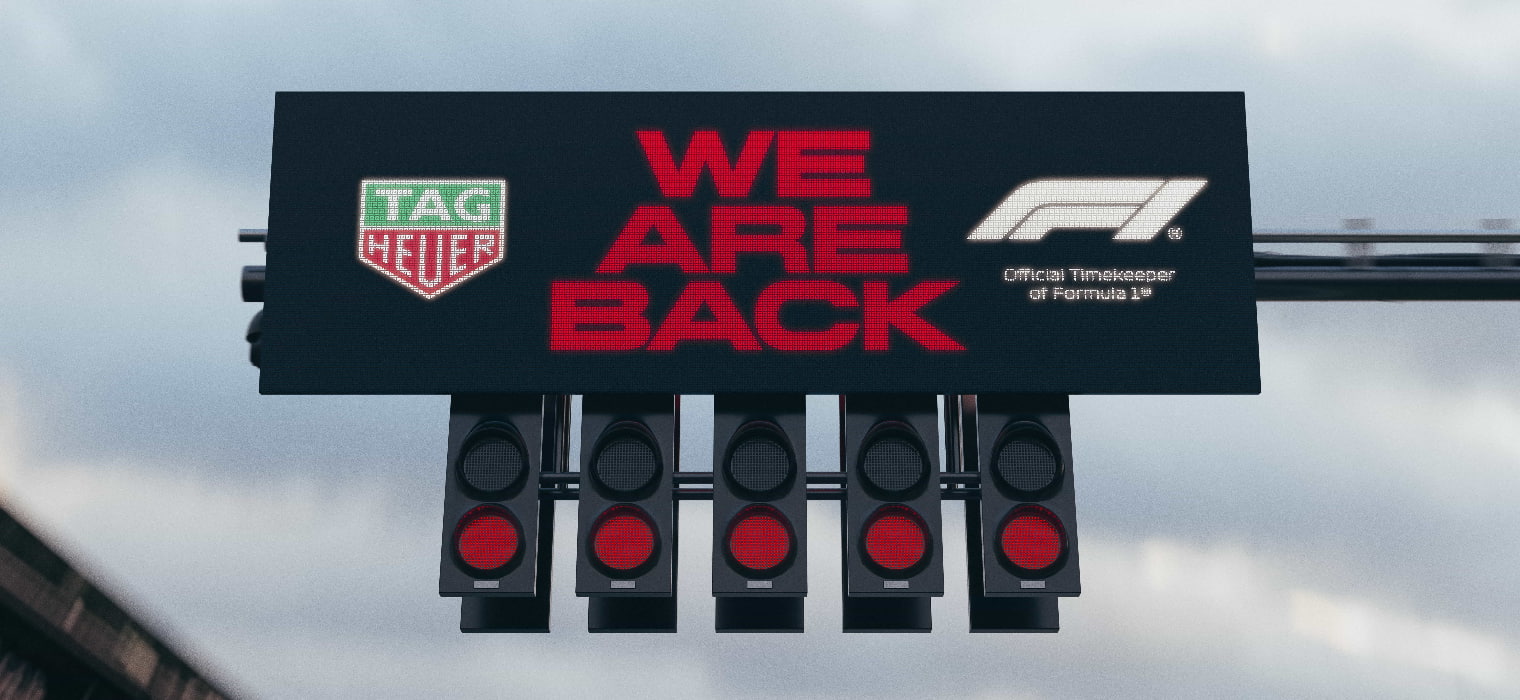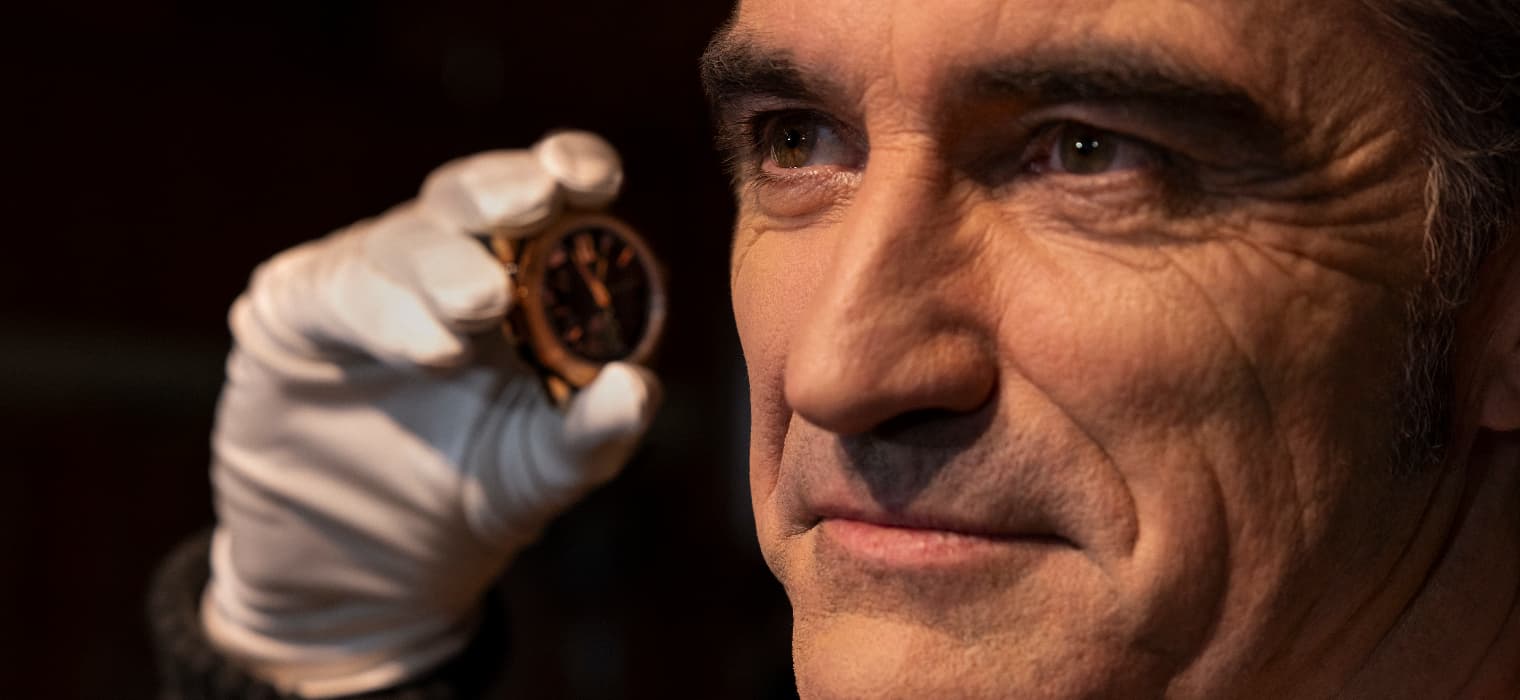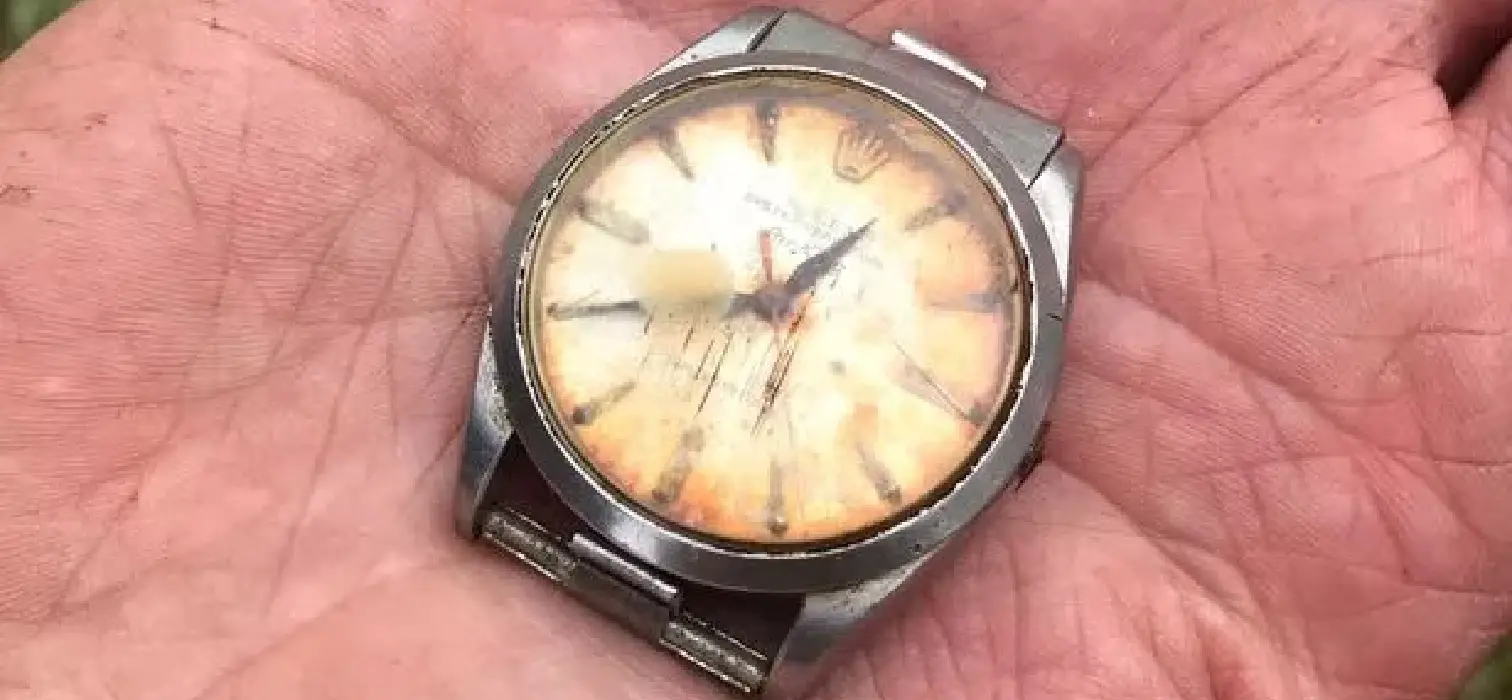
Omega has served as the official timekeeper of the Olympics Games since 1932, and this year the brand will be officially timekeeper of the Games for the 32nd time. Let’s take a look at the history of Omega throughout the Olympic Games.
Omega will be official timekeeper of Olympic Games for the 32nd time at the 2024 Paris Olympic Games. Omega’s journey through the Olympics history began with the 1932 Los Angeles Summer Olympics. That year, Omega was in Los Angeles with just one watchmaker to keep time of 117 events in 14 sports. It was the beginning of a timekeeping history.

Omega’s next stop was Berlin. At the 1936 Winter Olympics, the brand used 186 chronometers in the games. In the same year, the brand had tried a new method in ski racing by using two chronographs; one at start point and one at finish point. For twelve years, the Olympic Games were not held because of the WWII. After a long break, the Summer Olympics were held in London in 1948. That year, Omega introduced the first photo-finish camera. Recording the moment athletes crossed the finish line, photo-finish cameras were one of the historic events for timekeeping at the Olympics. And the next page for Omega was the 1952 Helsinki Olympics. That year, Omega marked with an electronic chronograph that could print the results instantly.

The innovations of Omega for Olympics continued to create innovative technologies in the upcoming years. At the 1960 Rome Summer Olympics, first large electronic scoreboards were introduced. In 1964, Omega was able to display the elapsed time of performances in television. And there was a new player for timekeeping history: Omegascope.
At the 1968 Mexico Summer Olympics, the brand used electronic timekeeping in all events for the first time. Thanks to the updated Omegascope, the details of races were projected on television. Furthermore, touch pads were used to keep time in swimming races in the same year. With this technology, swimmer able to touch the pads on the wall to stop the clock.

At the 1976 Summer Olympics in Montreal, Omega’s new scoreboards showed the result of 14-years-old athlete’s perfect score of 10 points. Four years later, the 1980 New York Winter Olympics hosted the famous match between American and Soviet Union hockey teams. However, that year marked another star, which is Game-O-Matic technology of Omega. This new system able to instantly calculate and display an athlete’s ranking as soon as they crossed the finish line. At the 1984 Los Angeles Olympics, Omega also introduced several innovations, including pressure-sensitive false start detectors that were used in swimming and athletics.

At the 1992 Barcelona Summer Olympics, there was a new photo-finish camera could measure 1/1000th of a second. That year, German athlete Olaf Zinke won the gold medal in speed skating by a margin of 0.01 seconds. This innovation in precision was a major step forward in time measurement and took its place on the Olympic stage. At the 2006 Turin Winter Olympics, the signal transmitters used in the speed skating team pursuit races were worn on the athletes’ wrists. Thanks to these devices that can receive and transmit radio signals, specific time measurements could be captured. At the 2010 Winter Olympics, the technology of the starting gun was updated and improved.
Throughout millennium, Omega’s contributions to the Olympics in timekeeping continued. With Scan’O’Vision MYRIA photo-finish cameras placed at the finish line of the races, digital images recorded up to 10,000 times per second provided the clearest data in the rankings. The stopwatches also changed; the Quantum timer started to calculate the seconds electronically. In this way, measurements are made with a precision of one millionth of a second.

Omega contributed various technologies such as 400 tons of equipment, 350 scoreboards, 85 public scoreboards and 200 kilometers of cable. And this year, at the 2024 Paris Summer Olympics, 550 professionals and 900 trained volunteers will take part in the field with 350 tons of equipment, 350 sports-specific scoreboards and 200 kilometers of cable and optical fiber. The brand also has special innovations for the 2024 Paris Summer Olympics.
The 2024 Paris Summer Olympics will host exciting races as well as Omega’s new breakthroughs in modern timekeeping. Raising the standards of precision and performance, Omega will not only measure the gold, silver and bronze medals with distinctive ranks, but also provide in-depth data that clearly reveals how each event was won or lost. Just as the Olympics always starts with the motto “faster, higher, stronger”, Omega will take its place in the races by aiming for the best in time keeping.
With over 90 years of Olympic experience, this year the brand is introducing a new generation of photo-finishing technology. The new Scan’O’Vision Ultimate can capture up to 40,000 digital images (the previous generation of photo-finishing cameras captured up to 10,000 images). The brand is also utilizing single or multiple Computer Vision camera systems powered by artificial intelligence models to track athletes and objects throughout the games. This system will capture critical moments and allow for in-depth sports analysis.
Omega Novelties for 2024 Paris Olympic Games
Electronical Pistol
Positioning Systems
Quantum Timer
Photocell Technology
Touch Panels

For more than 90 years, Omega has been measuring the time that elapsed when the prize podium was used for the first time at the Olympic Games, when a 14-year-old athlete scored a perfect score, or when the American and Soviet teams made world history with their fierce competition on the ice. At the 2024 Summer Olympics in Paris, this legacy was officially announced to continue until 2032. In 2032, Omega will be the official timekeeper of the Olympics for the 35th time, celebrating 100 years of this legacy. As we thrill to the most breathtaking moments of the races on our screens, we will know that Omega is part of this centuries-old legacy. Just as we have an Omega on our wrist as we count the minutes in the most unforgettable moments.
Bonus!
Omega Novelties for Paris Olympic Games
Omega Speedmaster Chronoscope
The Chronoscope, added to the Speedmaster line in 2021, was an unexpected but acclaimed Speedmaster model with two sub-dials and scales in the center of the dial. The Chronoscope line was extended with four new models designed for the Olympic Games. The four 43 mm diameter references are available in a steel case with a steel bracelet or strap, or in an 18k Moonshine gold case with a gold bracelet and strap.

Omega Seamaster Diver 300M Paris 2024
Reflecting the Paris Olympics with its design, the Seamaster Diver 300M comes in a 42 mm diameter stainless steel case. Water resistant up to 300 meters, the model is decorated with 18-carat Moonshine Gold. The second hand is presented with the logo of the Paris Olympics. The case back features a gold medallion and the logo of the Paris 2024 games.




